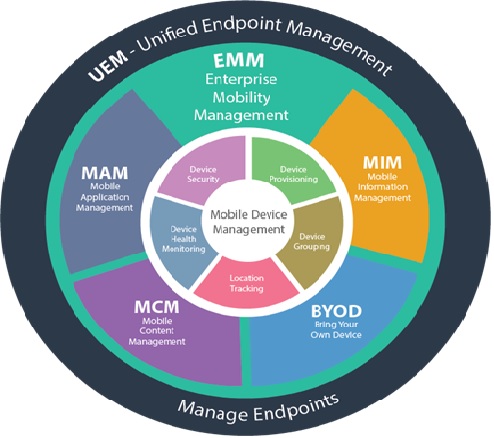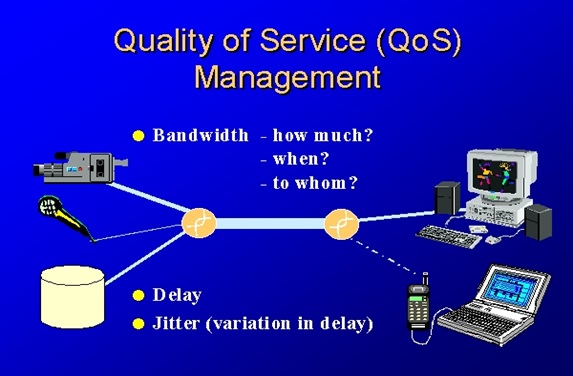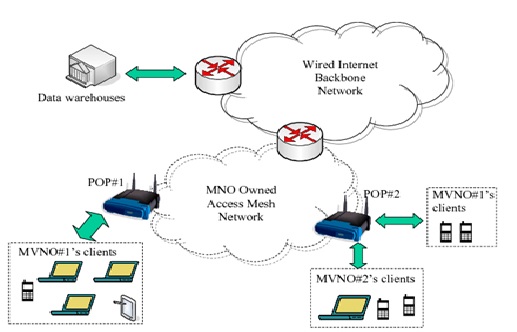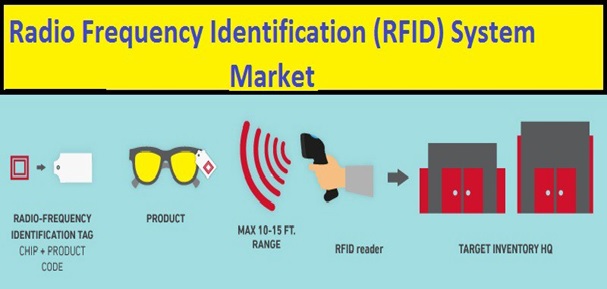Mobile SEO Strategy 2021
Mobile Search Engine Optimization is the process of designing a website to make it suitable for viewing on mobile devices of different screen sizes having low bandwidth. Apart from following all the SEO rules which are applicable to a desktop website, we need to take additional care while designing a website for mobile devices.[1]

Figure 1. The mobile SEO Strategy 2021
Figure 1 shows in 2021, the typical consumer in the USA spends 161 minutes per day on a mobile device.
Just like laptops and PCs, phones aren’t going anywhere. Pretty much everyone has a phone these days, which is how mobile devices drive nearly half of global Internet traffic.[2]
Optimize Your Site for Mobile:
Select a Mobile Configuration
There are three different mobile configurations that you can choose from −
Step 1 − Responsive Web Design
Step 2 − Dynamic Serving
Step 3 − Separate URLs
Each has its own advantages and disadvantages. Google recommends responsive design, however it supports all three configurations. The following table shows how the mobile configuration affects your URL and HTML code −
| Mobile Configuration | URL | HTML |
|---|---|---|
| ResponsiveWeb Design | Stays the same | Stays the same |
| Dynamic Serving | Stays the same | Different HTMLs |
| Separate URLs | Different URLs | Different HTMLs |
Responsive Web Design
Google recommends responsive web design because it is the simplest mobile configuration and very easy to implement. It serves the same HTML code on the same URL, however it adjusts the display based on the screen size of the mobile device.
Dynamic Serving
Dynamic serving is a type of mobile configuration where the URL of your website remains unchanged, but it serves different HTML content when accessed from a mobile device.
When your content is dynamically served from the server, make sure you inform Google that the content it is crawling may look different on mobile devices. A major drawback of this approach is that you will have to do additional processing on your content at the server level before severing it to the user.
Separate URLs
When you maintain two different URLs — one for mobile users and another for desktop users – make sure you inform Google explicitly when to serve which version. Google does not recommend separate URLs because it can detect automatically that your mobile pages are different from your desktop pages.
From the viewpoint of SEO, each URL performs separately. Hence your desktop ranking will never be added to the mobile ranking and they will always be assumed as separate websites.
References:
- https://www.tutorialspoint.com/seo/mobile-seo-techniques.htm
- https://www.webceo.com/blog/mobile-seo-in-12-steps/
Cite this article:
Thanusri swetha J (2021), Mobile SEO Strategy 2021, AnaTechmaz, pp. 24















